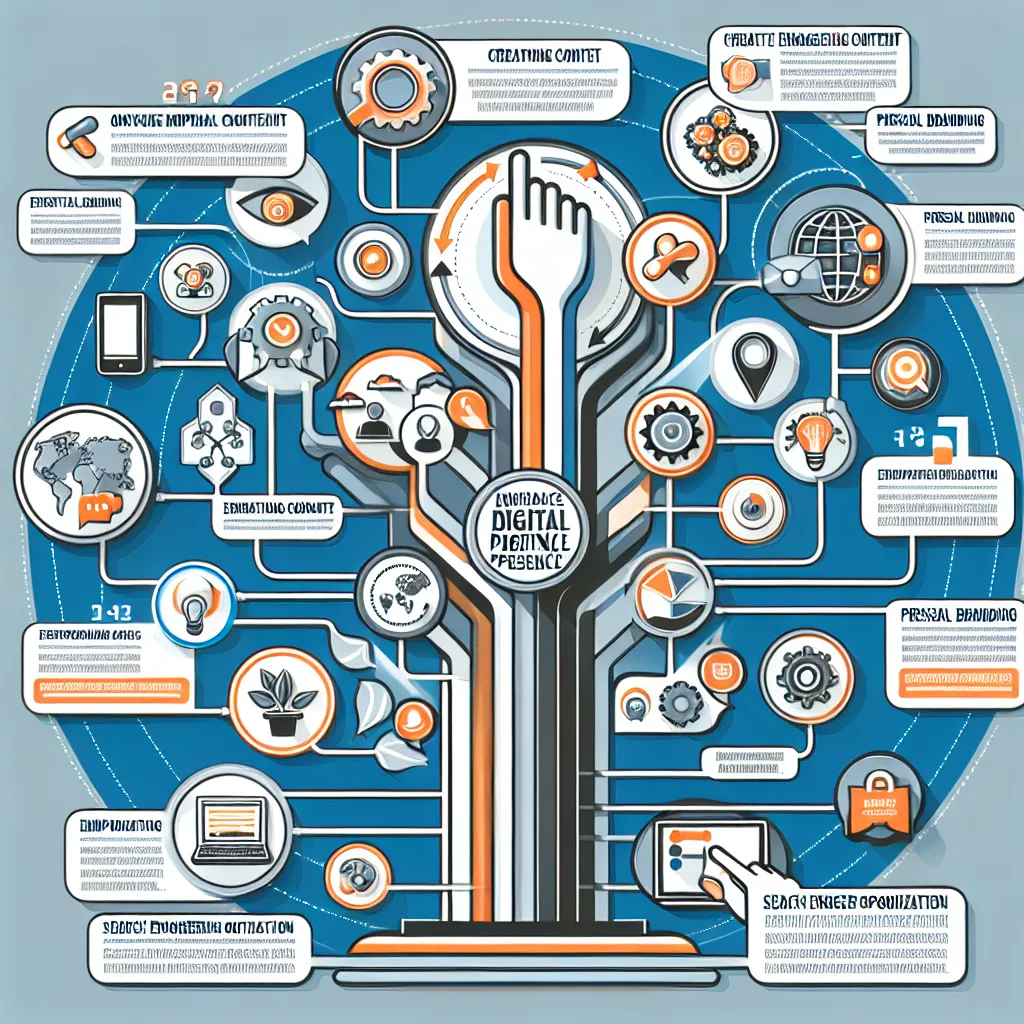The IELTS Reading section challenges test-takers to demonstrate their comprehension skills within a time constraint. Today, we’ll focus on a topic that has gained significant traction in recent years: how to get fit at home. This subject has become increasingly relevant, especially in light of global events that have shifted many activities, including fitness routines, to home-based solutions. Based on trends analysis, there’s a high probability that this theme could appear in future IELTS exams, given its contemporary relevance and widespread interest.
Nội dung bài viết
 Home Fitness Equipment
Home Fitness Equipment
Reading Passage: How to Get Fit at Home
In recent years, the concept of home fitness has undergone a remarkable transformation. No longer confined to dusty exercise bikes in the corner or neglected dumbbells under the bed, home workouts have evolved into sophisticated, effective regimens that rival gym-based routines. This shift has been driven by a combination of factors, including technological advancements, changing lifestyles, and a growing awareness of the importance of regular physical activity.
One of the primary advantages of home fitness is its unparalleled convenience. The elimination of travel time to and from a gym removes a significant barrier to regular exercise. This accessibility means that even those with the busiest schedules can squeeze in a quick workout before breakfast or during a lunch break. Moreover, the privacy of home workouts can be a boon for those who feel self-conscious exercising in public spaces.
Technology has played a pivotal role in the rise of home fitness. Smartphone apps and online platforms offer a wealth of guided workouts, from high-intensity interval training (HIIT) to yoga and pilates. These digital resources often provide expert instruction, progress tracking, and even personalized workout plans, mirroring the experience of having a personal trainer. Additionally, wearable fitness trackers have made it easier than ever to monitor heart rate, calories burned, and other vital statistics, providing instant feedback and motivation.
The equipment required for an effective home workout has also evolved. While traditional tools like dumbbells and resistance bands remain popular, innovative products have expanded the possibilities of home exercise. Compact, multi-functional machines can now provide full-body workouts in a fraction of the space required by traditional gym equipment. For those with limited space or budget, bodyweight exercises have gained recognition for their effectiveness in building strength and improving cardiovascular health without any equipment at all.
Nutrition plays a crucial role in any fitness journey, and home workouts offer unique advantages in this regard. With a kitchen just steps away, it’s easier to prepare and consume nutritious meals that complement your exercise routine. This proximity can foster a more holistic approach to health, encouraging mindful eating habits alongside regular physical activity.
Despite these advantages, home fitness does present some challenges. Motivation can be an issue without the structured environment and social aspects of a gym. However, online communities and virtual workout groups have emerged to provide support and accountability. Additionally, the risk of incorrect form without in-person instruction can be mitigated through careful attention to online tutorials and, when possible, occasional sessions with a professional trainer.
As we look to the future, the trend towards home fitness shows no signs of slowing down. Advances in virtual and augmented reality promise to create immersive workout experiences that blur the line between home and gym. Meanwhile, artificial intelligence is set to offer even more personalized fitness plans, adapting in real-time to an individual’s progress and goals.
In conclusion, getting fit at home has become not just a viable alternative to traditional gym workouts but a preferred option for many. With the right approach, equipment, and mindset, achieving and maintaining fitness from the comfort of one’s own home is not only possible but can be highly effective and enjoyable.
Reading Comprehension Questions
True/False/Not Given
- Home workouts have become more sophisticated in recent years.
- Gym-based routines are always more effective than home workouts.
- Technology has played a significant role in improving home fitness options.
- Wearable fitness trackers can monitor heart rate and calories burned.
- Home workouts require expensive equipment to be effective.
Multiple Choice
-
According to the passage, one of the main advantages of home fitness is:
A) Lower cost
B) Better equipment
C) Convenience
D) Social interaction -
The text suggests that nutrition is important for fitness because:
A) It’s easier to eat unhealthy food at home
B) Home workouts burn more calories
C) Gyms provide nutritional advice
D) It complements the exercise routine
Matching Headings
Match the following headings to the correct paragraphs in the passage:
- The Role of Technology in Home Fitness
- Overcoming Home Workout Challenges
- The Evolution of Home Fitness Equipment
Short Answer Questions
- What are two examples of traditional home workout equipment mentioned in the passage?
- According to the text, how can the issue of motivation in home workouts be addressed?
Sentence Completion
Complete the sentences below using NO MORE THAN THREE WORDS from the passage for each answer.
- Home workouts offer ____ for those who feel uncomfortable exercising in public.
- Artificial intelligence is expected to provide fitness plans that are more ____.
- Virtual and augmented reality may create ____ workout experiences in the future.
Answer Key and Explanations
-
True – The passage states that home workouts have “evolved into sophisticated, effective regimens.”
-
False – The text suggests that home workouts can “rival gym-based routines.”
-
True – The passage mentions that “Technology has played a pivotal role in the rise of home fitness.”
-
True – The text explicitly states that wearable fitness trackers can monitor “heart rate, calories burned, and other vital statistics.”
-
Not Given – The passage doesn’t compare the cost of home workout equipment to gym equipment.
-
C) Convenience – The passage states, “One of the primary advantages of home fitness is its unparalleled convenience.”
-
D) It complements the exercise routine – The text mentions that having a kitchen nearby can “foster a more holistic approach to health, encouraging mindful eating habits alongside regular physical activity.”
-
Paragraph 3
-
Paragraph 6
-
Paragraph 4
-
Dumbbells and resistance bands
-
Through online communities and virtual workout groups
-
privacy
-
personalized
-
immersive
Common Mistakes to Avoid
- Overlooking key phrases: Pay attention to qualifiers like “some,” “many,” or “often” which can change the meaning of a statement.
- Making assumptions: Stick to the information provided in the text and avoid drawing conclusions based on personal knowledge.
- Misinterpreting Not Given: Remember, this option means the information is neither confirmed nor contradicted by the passage.
- Rushing through the text: Take time to understand the overall structure and main ideas of each paragraph.
Vocabulary Focus
- Regimens: /ˈredʒɪmənz/ (noun) – a prescribed course of medical treatment, way of life, or diet for the promotion or restoration of health
- Pivotal: /ˈpɪvətl/ (adjective) – of crucial importance in relation to the development or success of something else
- Mirroring: /ˈmɪrərɪŋ/ (verb) – reflect or represent something
- Holistic: /həʊˈlɪstɪk/ (adjective) – characterized by the belief that the parts of something are intimately interconnected and explicable only by reference to the whole
- Mitigated: /ˈmɪtɪɡeɪtɪd/ (verb) – make (something bad) less severe, serious, or painful
Grammar Spotlight
Passive Voice in Academic Writing:
The passage uses passive voice in several instances, which is common in academic and formal writing. For example:
“This shift has been driven by a combination of factors…”
The passive voice is used here to emphasize the action (being driven) rather than the actor (the factors). It’s particularly useful when the actor is unknown, unimportant, or obvious from the context.
Tips for IELTS Reading Success
- Practice time management: Allocate your time wisely across all sections of the reading test.
- Skim and scan effectively: Quickly identify main ideas and locate specific information.
- Develop your vocabulary: Regularly learn new words and phrases in context.
- Read actively: Engage with the text by predicting, questioning, and summarizing as you read.
- Practice various question types: Familiarize yourself with all IELTS reading question formats.
Remember, consistent practice is key to improving your IELTS Reading score. Consider using home workout apps to enhance your fitness routine while studying, as maintaining physical health can boost your mental performance during exam preparation. Additionally, exploring ways to stay fit without a gym can provide valuable insights into home fitness strategies, which may come in handy for similar reading passages in your IELTS exam.
By applying these strategies and continuously exposing yourself to diverse reading materials, you’ll be well-prepared to tackle any topic that appears in your IELTS Reading test, including contemporary subjects like home fitness.


